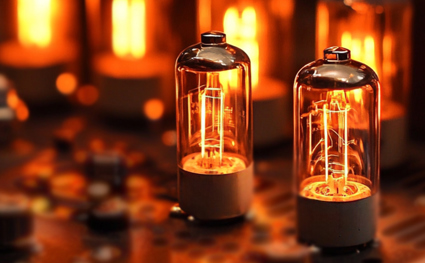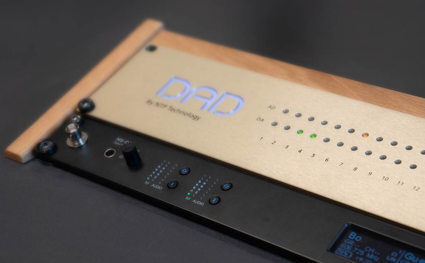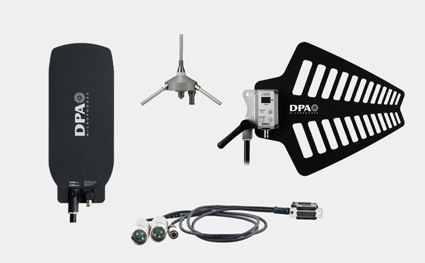A guide to pro wireless audio - Part 1: Wireless transmission and RF range
This 6 part series of articles examine some of the important principles, possibilities, and limitations of wireless systems.
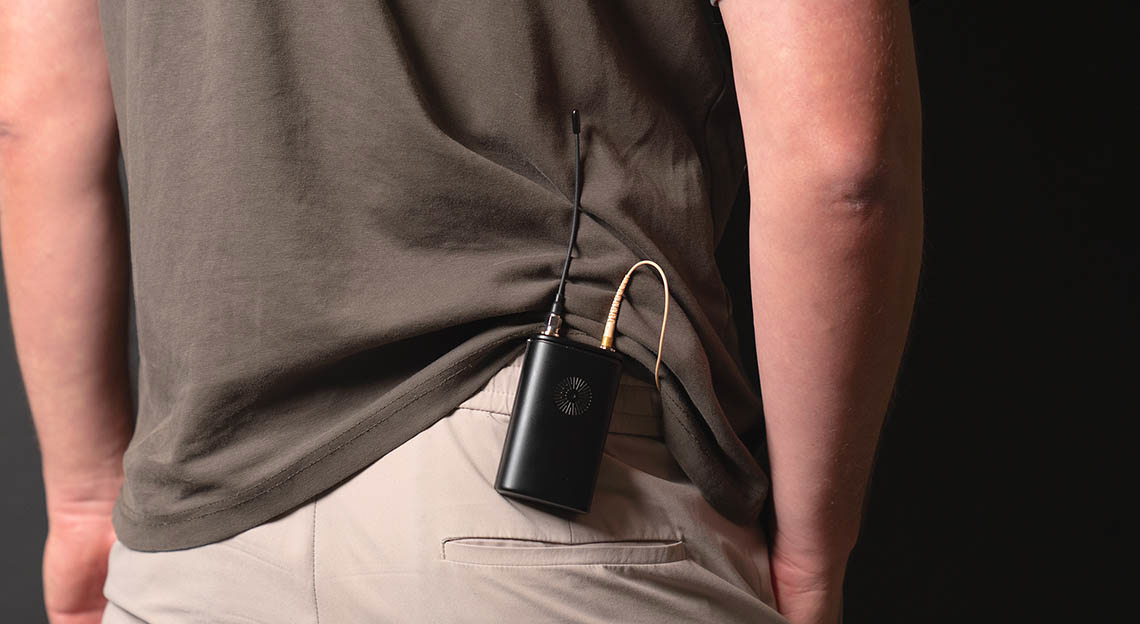
Transferring a signal from one point to another without cables is used in many everyday situations. It could be from a microphone to a mixer or camera, an electric guitar to an amplifier or a mixer to a delay tower. Transmitter/receiver systems have been developed for this very purpose. Since these systems involve the transmission of radio waves, which is generally subject to some form of legislation, it matters how manufacturers design these systems.
This 6 part series of articles examine some of the important principles, possibilities, and limitations of wireless systems.
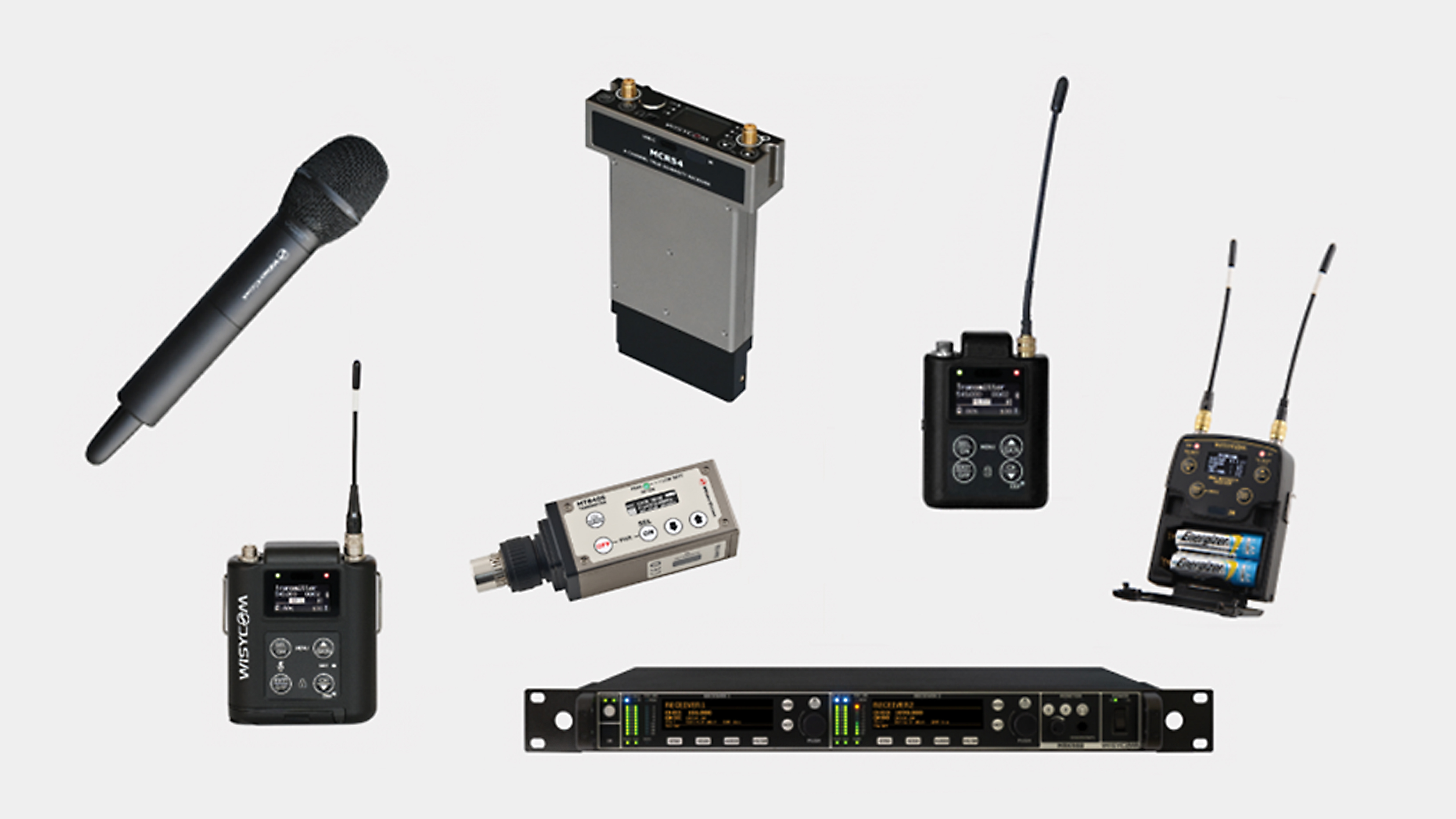
Wireless transmission, analog systems
At a basic level, a system (a “wireless wire”) consists of a radio transmitter and a radio receiver. Taken together, this is a radio channel that can transfer audio frequencies (AF). Each channel’s transmitting carrier wave has a specific frequency to which the receiver must be tuned. In principle, using several transmitters with the same transmission frequency is impossible. Each audio channel needs one transmitter and one receiver.
Both the transmitter and receiver are equipped with an antenna. To achieve optimal signal transmission of the radio frequency (RF), these antennas are designed to have a length proportional to the wavelength (or a fraction: ½ or ¼) of the transmission frequency.
 Figure 1.01 Transmitter and receiver.
Figure 1.01 Transmitter and receiver.
Radio waves (electromagnetic waves) propagate at the speed of light, approximately 300,000 km/s.
The wavelength of radio waves is calculated as follows:
λ = c / f
where
λ = wavelength in meters [m]
c = speed of propagation 300.000.000 [m/s]
f = frequency [Hz]; [Hz=1/s]
Example:
What is the wavelength of the 600 MHz frequency?
Wavelength= 300.000.000 [m/s] / 600.000.000 [Hz] = 0.5 m
The wavelength is thus 0.5 m.
In the context of radio wave transmission, the following terms are used, among others:
AF; Audio Frequency: The audio signal being transmitted.
RF; Radio Frequency: The frequency of the carrier wave.
VHF; Very High Frequency. Frequency range 30 MHz - 300 MHz
UHF; Ultra High Frequency. Frequency range 300 MHz - 3 GHz

Figure 1.02. Ranges of RF.
Frequency range for transmission
Approved frequencies for wireless microphones are in the UHF range. Communication of the police, fire departments, mobile data, etc., takes up some of the usable space. Available frequencies have to be found in between those spaces.
The UHF range is divided into TV channels. Each channel has a bandwidth of 8 MHz (Europe) or 6 MHz (North America).
Most available channels are found in the 470 MHz to 700 MHz range. The 2.4 GHz range is used primarily for Wi-Fi; however, license-free microphones are also allowed in this space. Some frequencies used to have other purposes, like cordless telephones (DECT), are now released for wireless microphones. These frequencies encompass 1.4 GHz, 1.6 GHz and 1.9 GHz, as well as a part of the 6-10 GHz range.
Characteristics of available frequency bands
The wavelength of the 470 MHz to 694 MHz frequency range is 64 cm to 43 cm. The wavelength of 2.4 GHz is 13 cm.
When the wavelength is very short, problems can arise with obstacles' shadowing effect, which reduces the system's reach.
Close body mounting of transmitting antennas can easily cause problems, especially if the person is sweating. Not only does the body shadow the antenna, but there is also a misalignment of the antenna, which can result in a loss of over 90%. Shadowing can be a problem outdoors as well, especially if no reflective elements are within range. So, in the UHF range, the antennas should be situated in direct line of sight of each other as much as possible.
Professional wireless systems do not often operate in the 2.4 GHz range due to the troubles mentioned above with the short wavelengths. Further, the limited bandwidth in this space leads to congested frequency bands when large crowds get together. In these cases, there is a lot of communication taking up the bandwidth in this range from, for instance, mobile phones and wireless personal area networks (WPAN).

